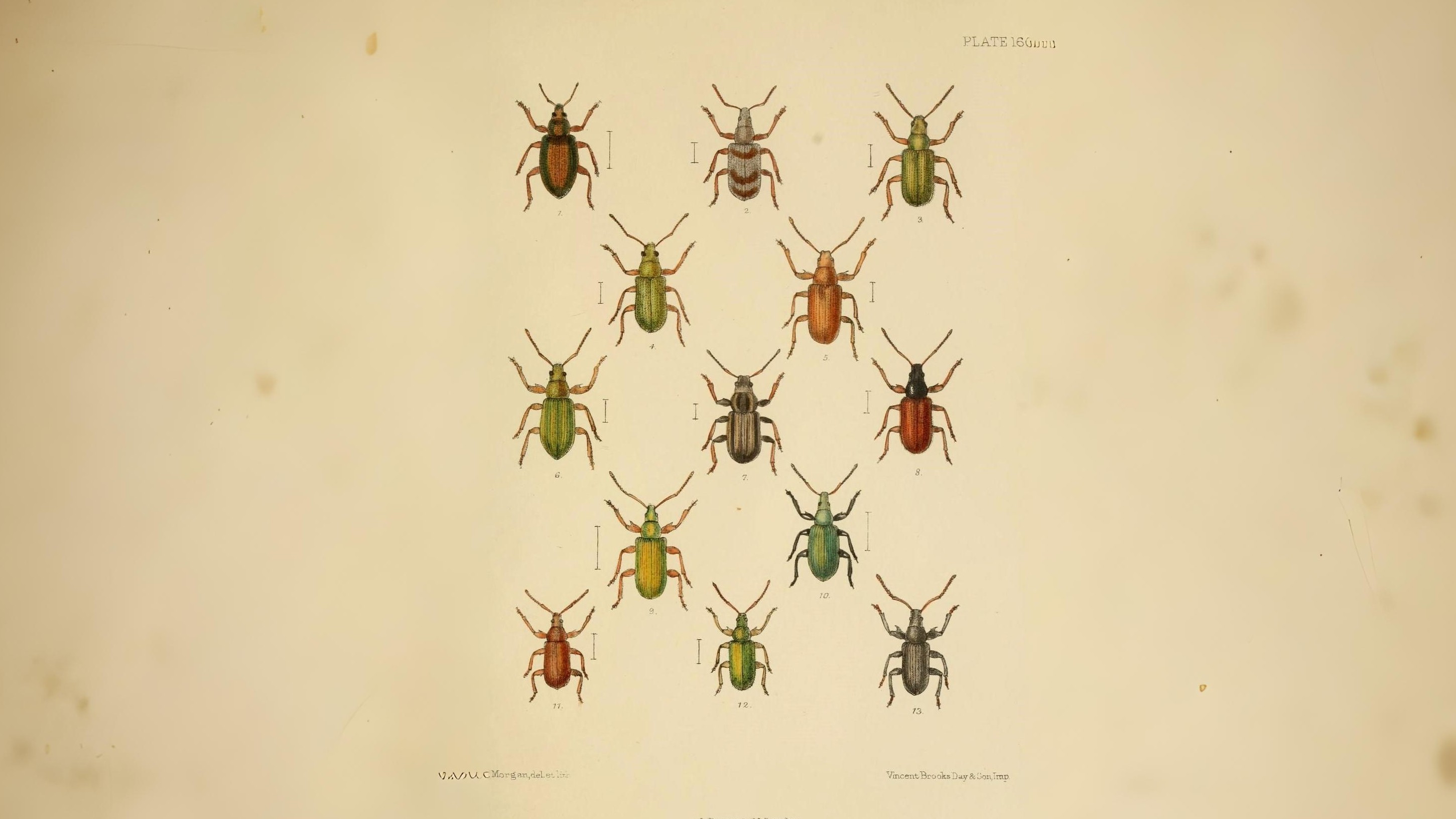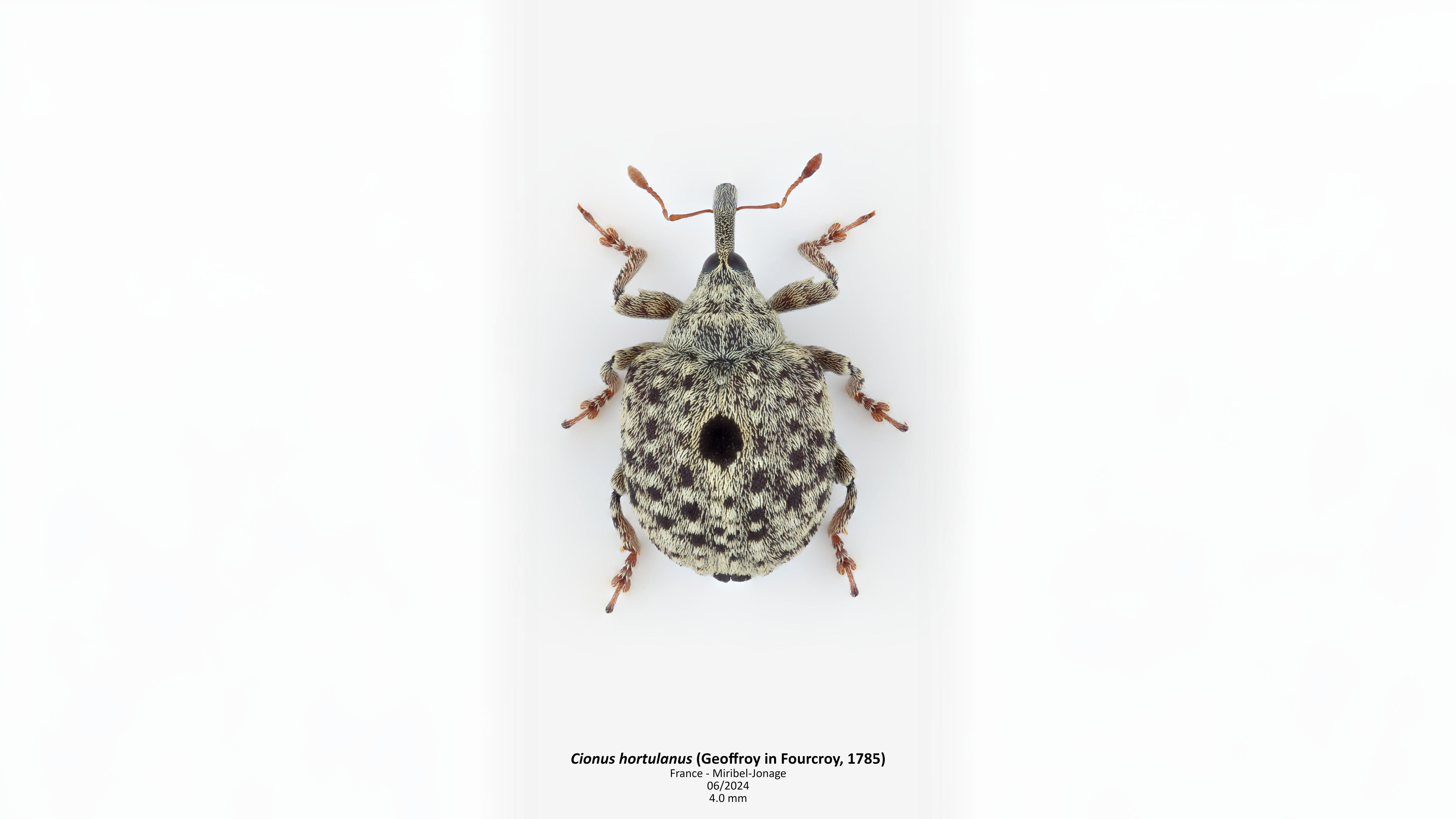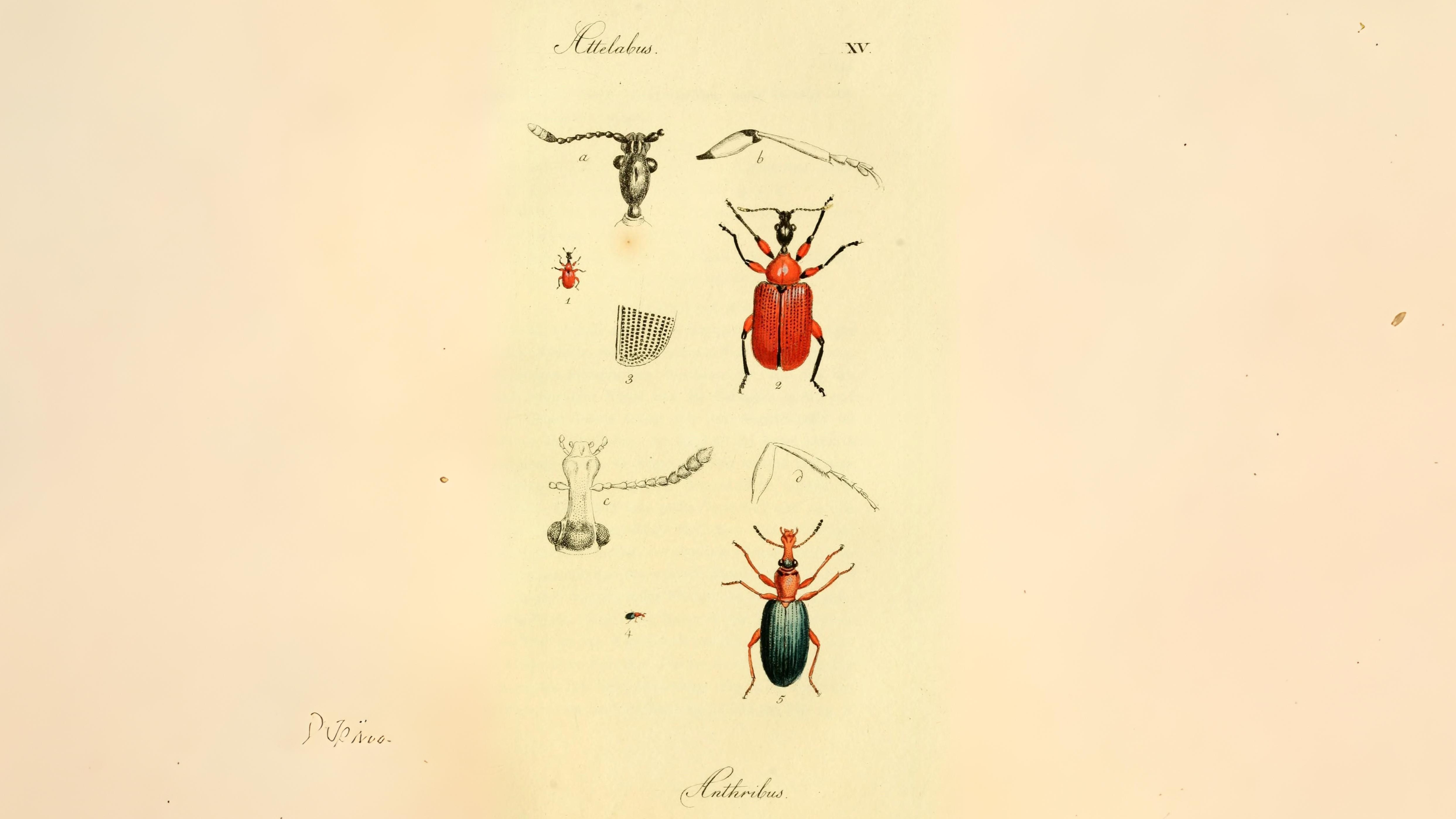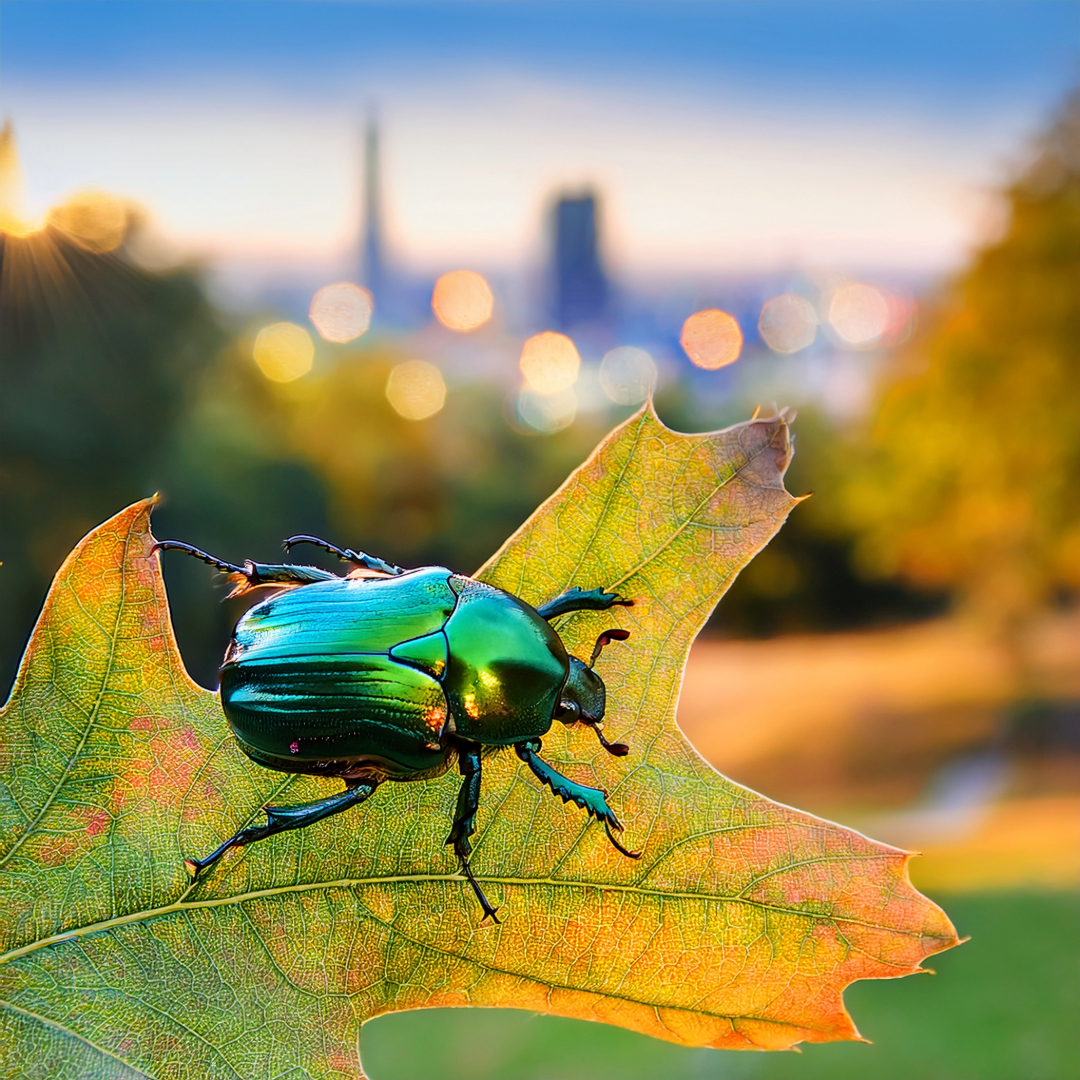
But how many have you spotted? On June 23rd, we’ll dive into London’s beetle mania, uncovering rare rove beetles, dung-loving Minotaurs, and acorn-weaving weevils. Mark your calendar—this is one bug hunt you won’t want to miss!
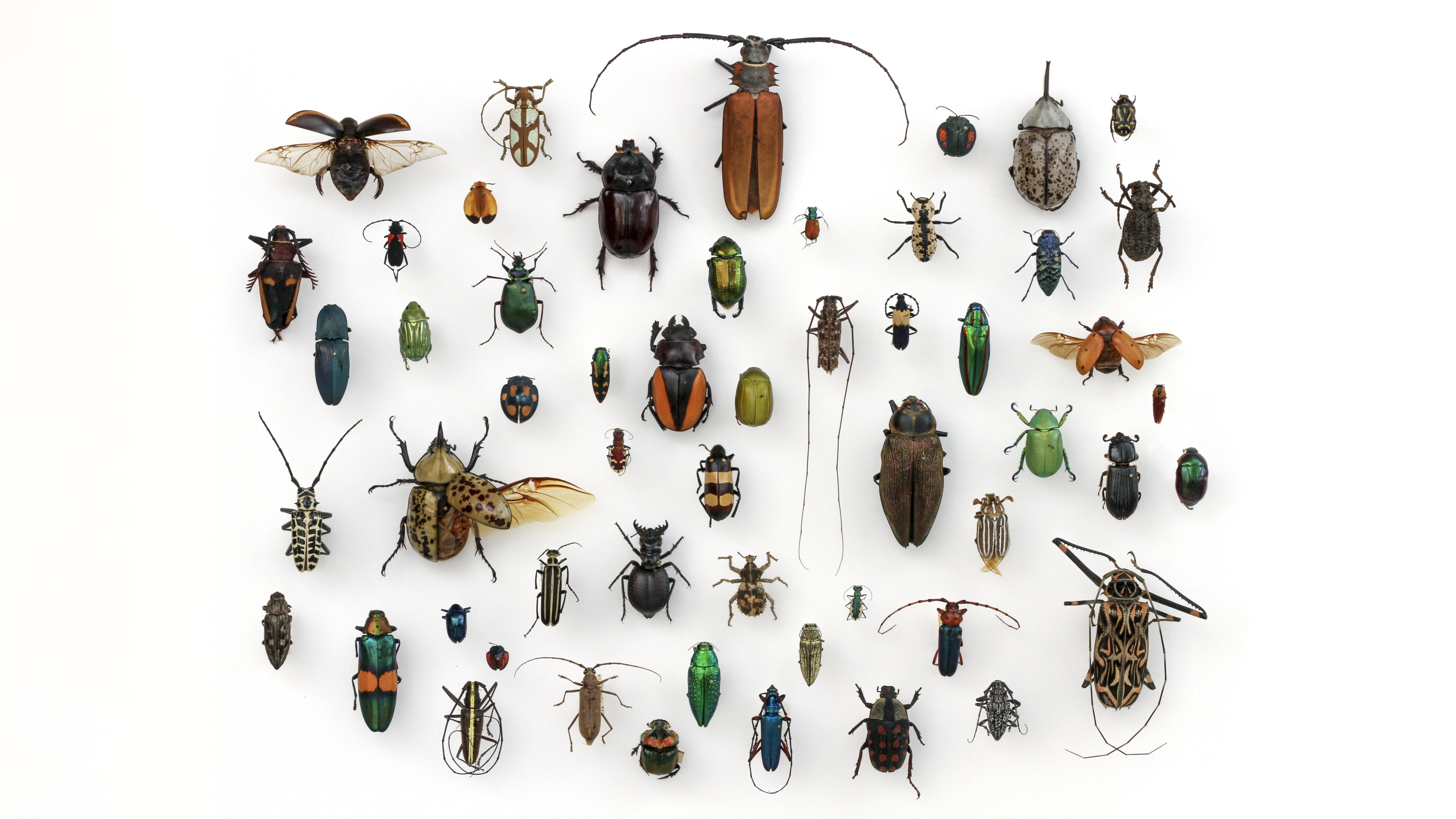



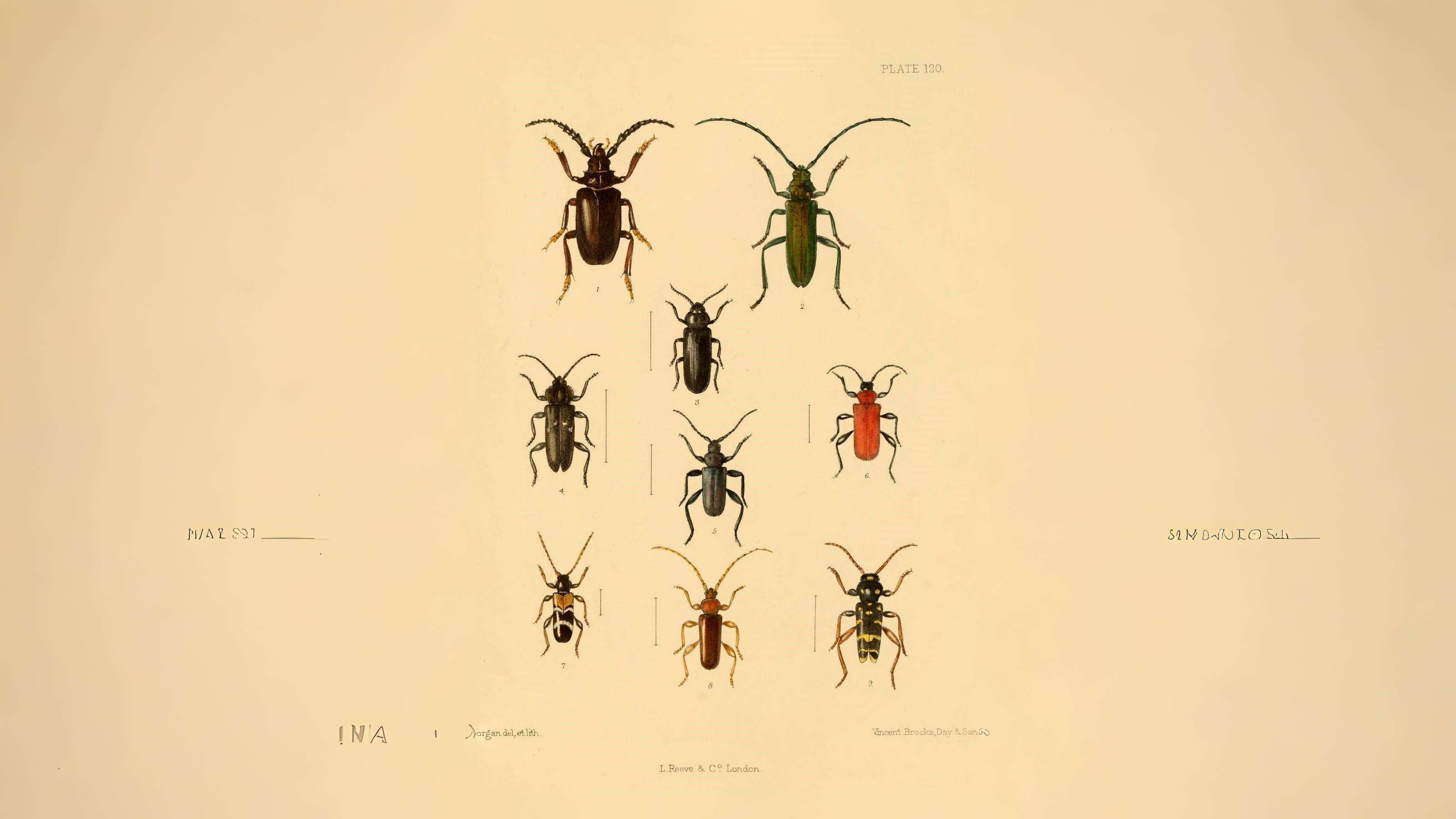

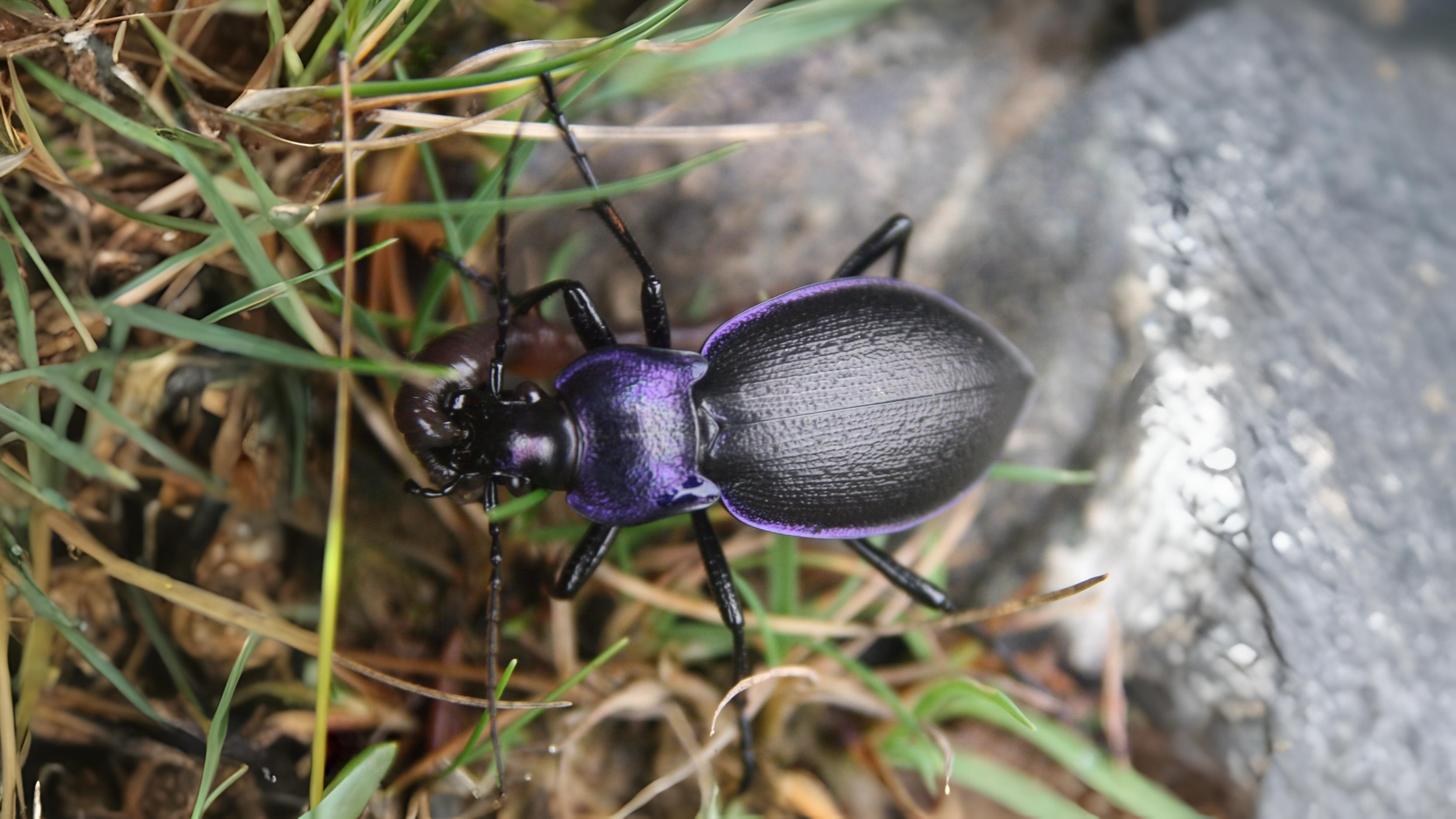



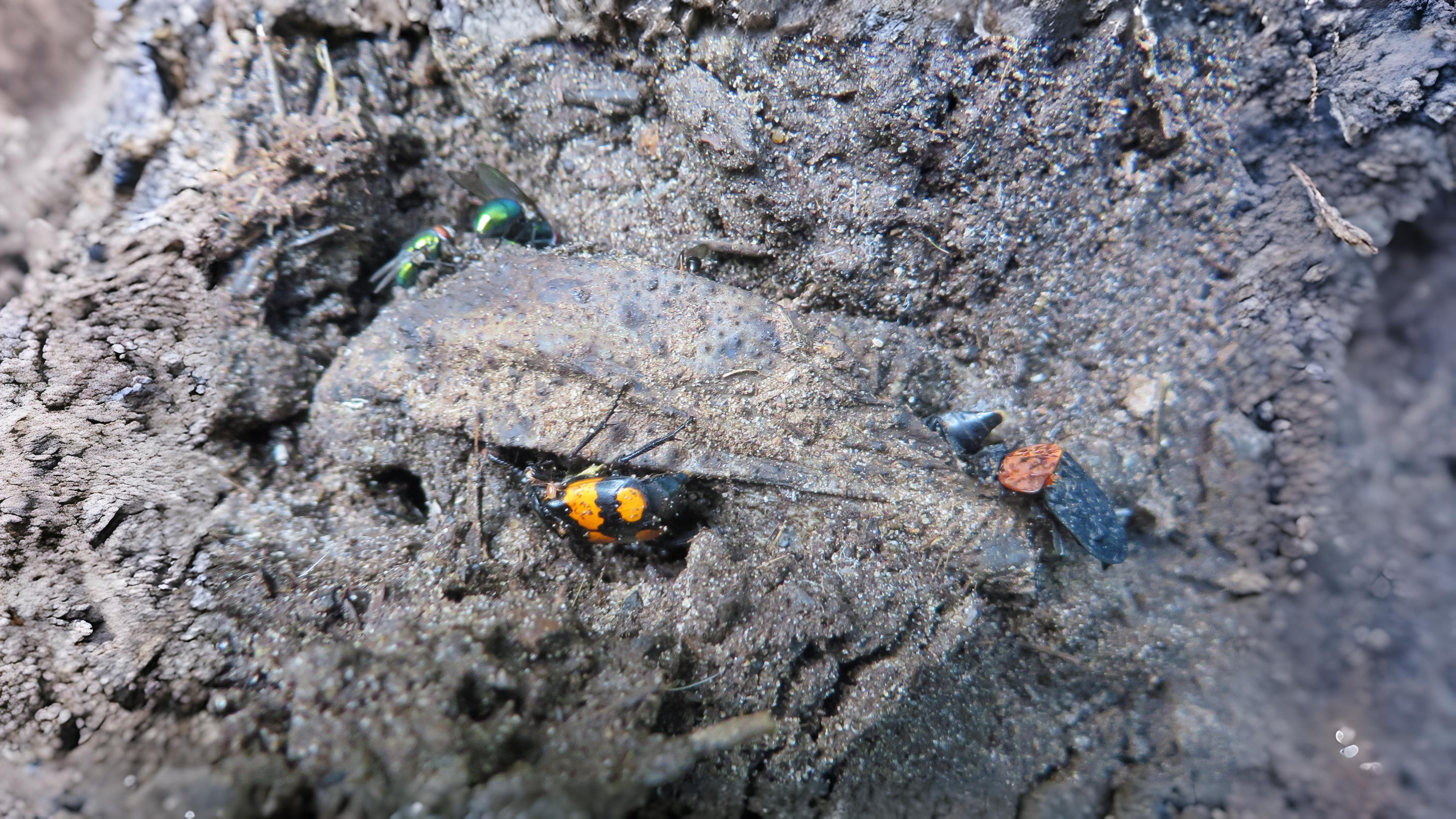

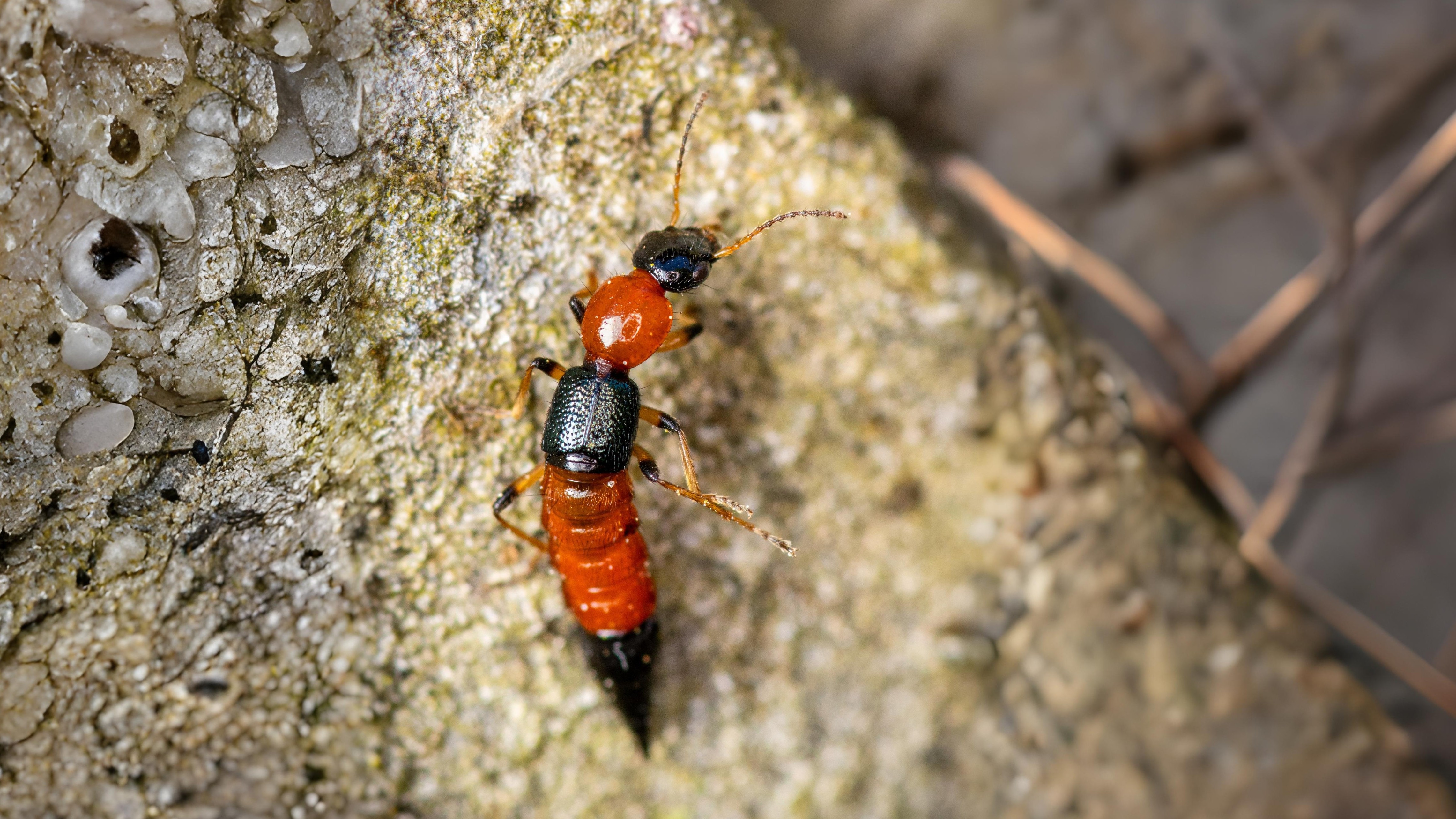

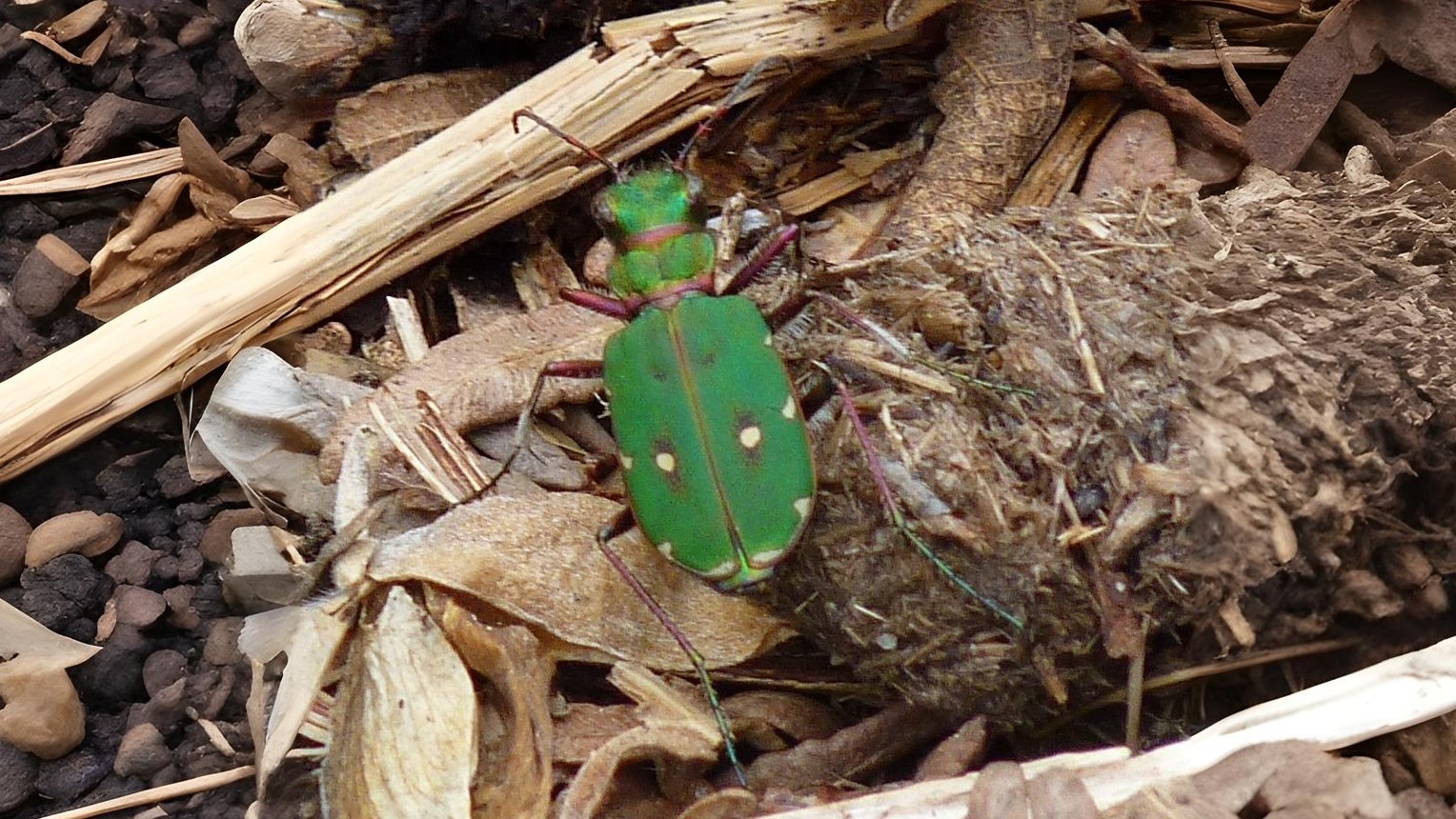

Surprisingly a quarter of all British beetles are weevils although with most being so small and secretive we rarely see them. They are all vegetarians and many are highly destructive to crops. No part of a plant seems to be out of bounds including petals, bark, fruit, seeds and roots. It is often in seeds or grain that we first encounter them. They usually make little attempt to escape just tending to drop to the ground where they then become quite hard to find. It is usually their long distinct snouts and antennae that look a little like television aerials that allow us to identify them. At the end of these snouts, which often curve downwards, there are jaws which are used to bore holes into plants into which they often then lay their eggs. On the whole they tend to be grey or brown but occasionally have brightly coloured metallic scales which often rub off easily revealing a black beetle underneath.
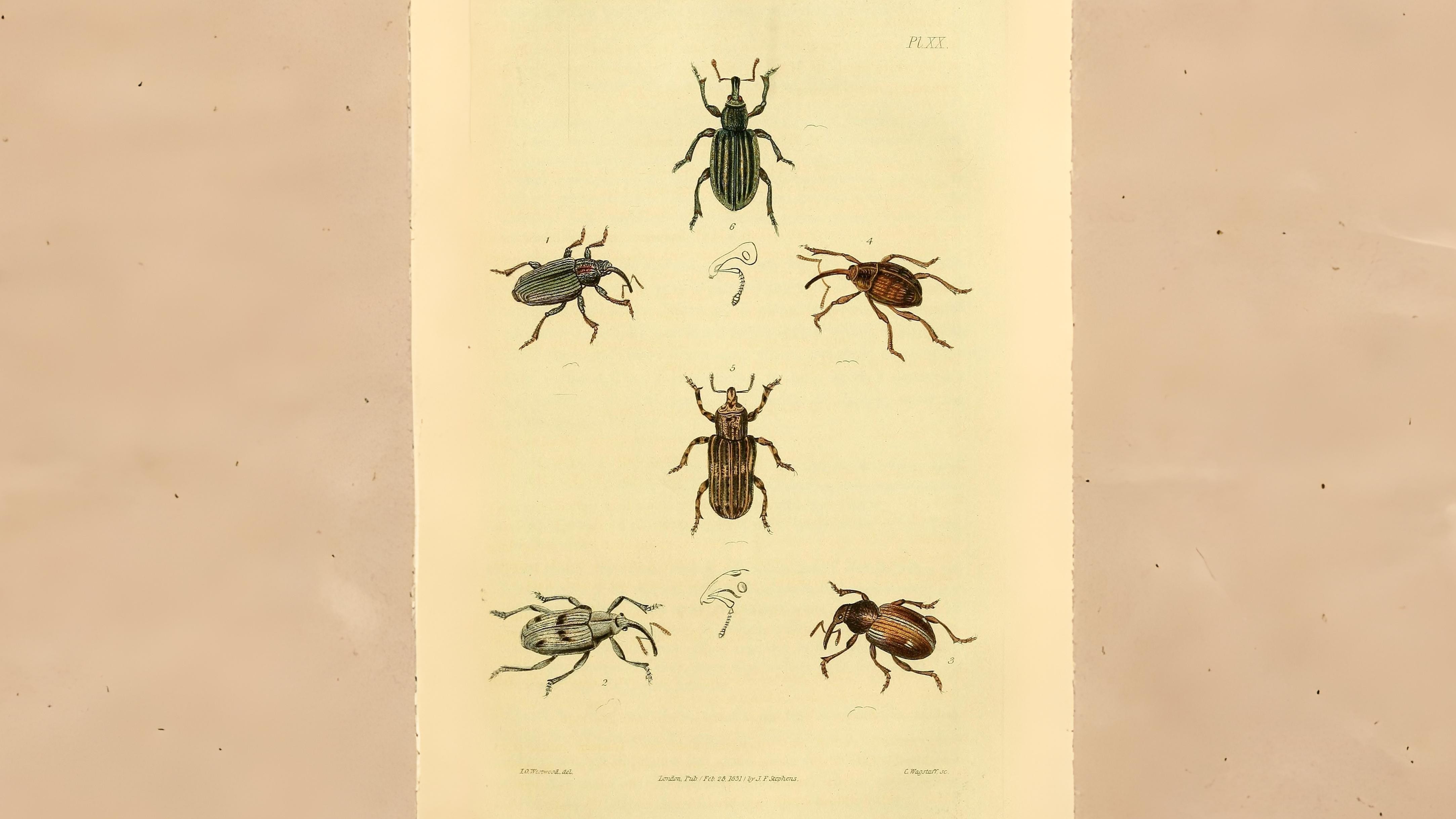

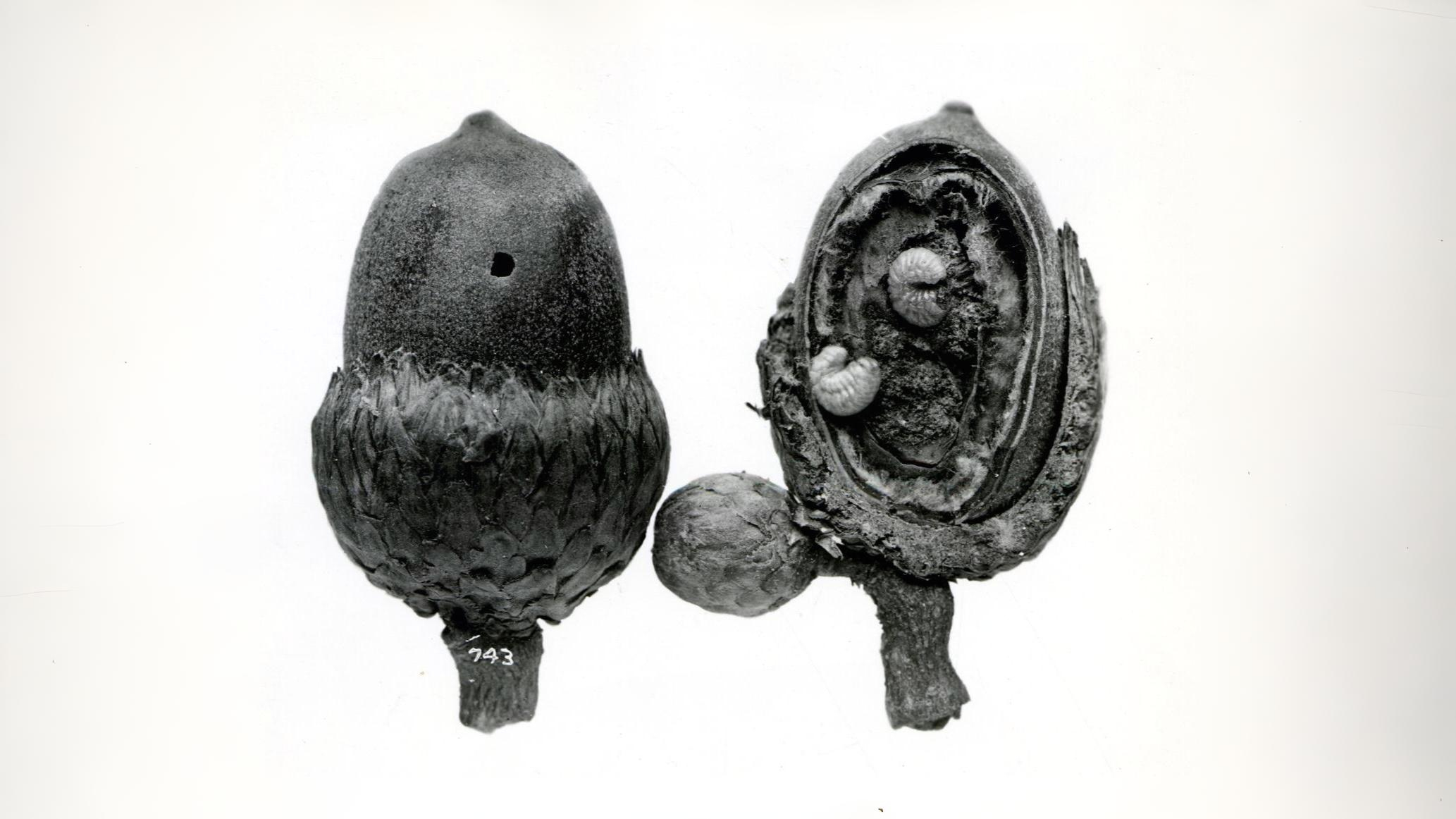

Weevils often have a particular plant they prefer to feed on which can make them a little easier to find. Anthonomus pedicularis (4 mm.) is an orange or red-brown weevil that prefers hawthorn. Ceutorhynchus erysimi although small (2 mm.) is a handsome green iridescent species that is often found on Shepherd’s purse.
